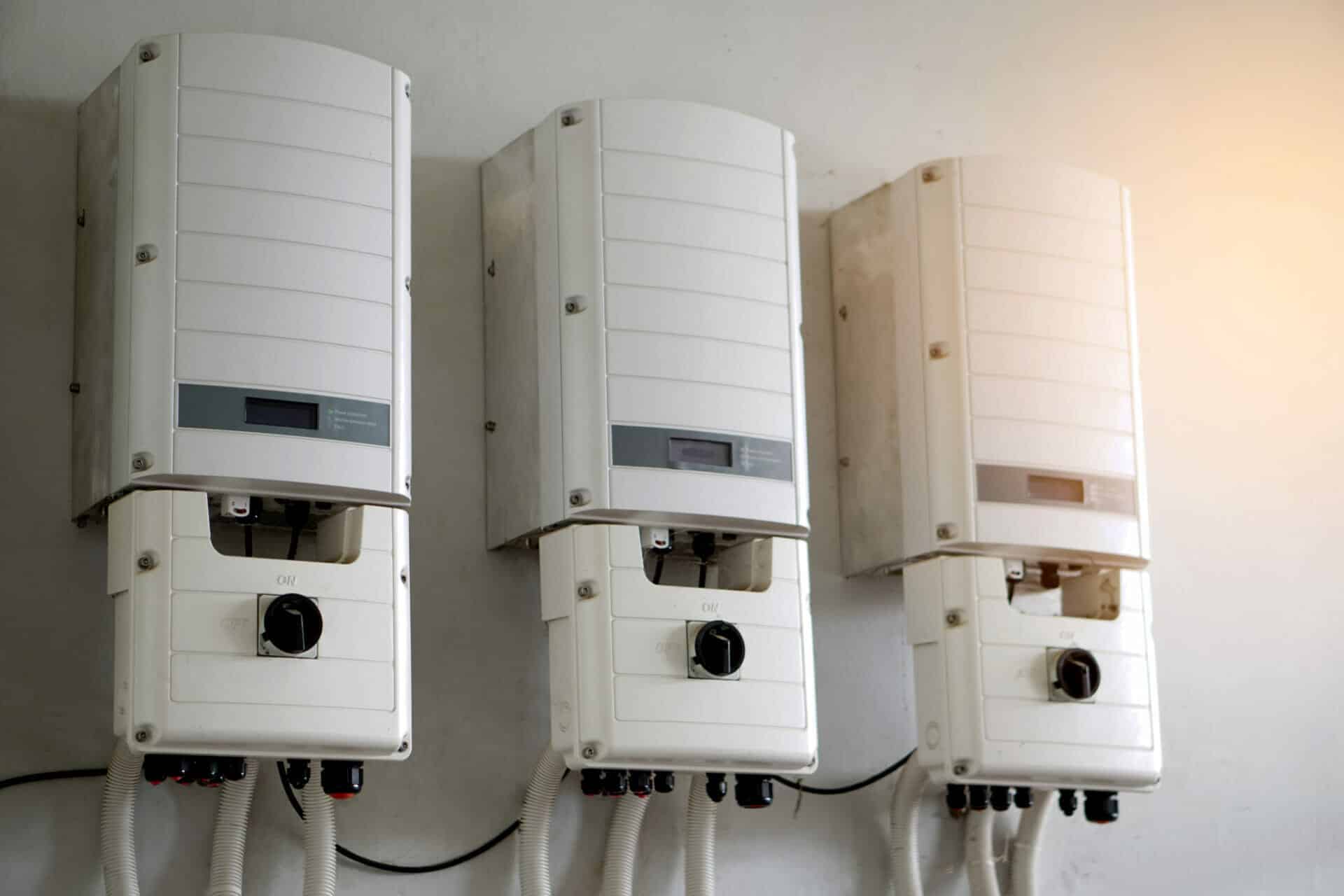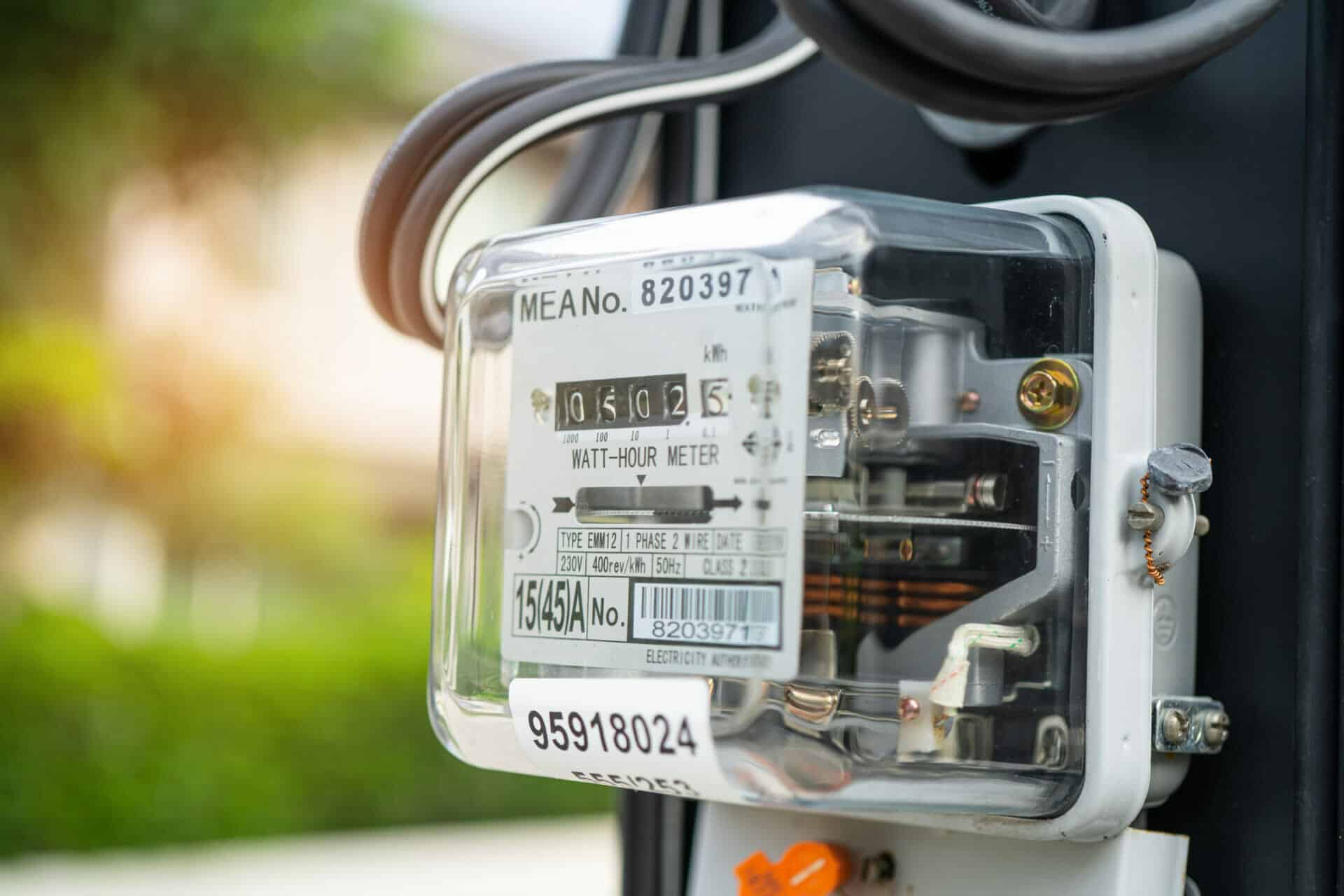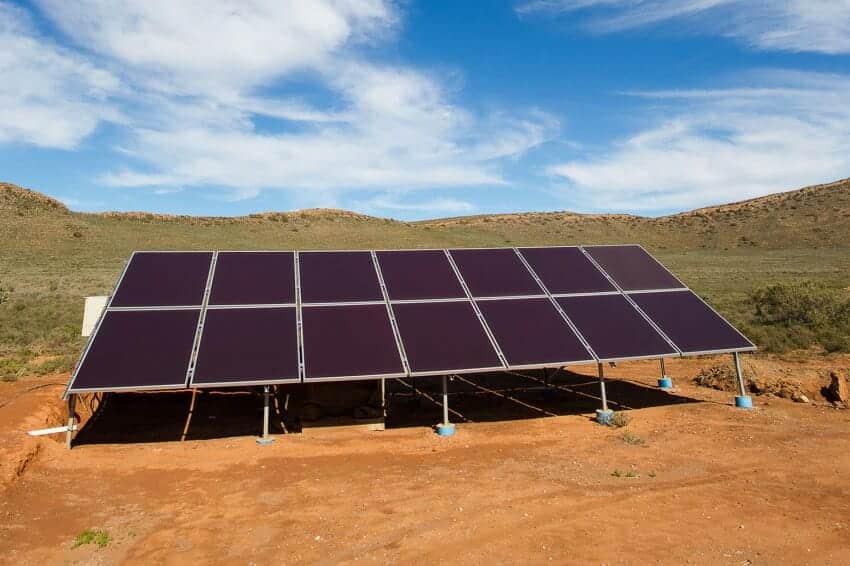Author:
Phoenix Solar Panel Systems offers the construction and installation of off grid solar systems in Arizona.
Are you interested in living off the grid, but don’t know where to start? Are you tired of the high cost of living and being tied to the utility companies? Living off the grid in Arizona is a great solution and with an off grid solar system, it’s easier and more affordable than you think.
An off grid system allows you to generate your own electricity, without being connected to the grid. Off grid solar systems are becoming increasingly popular as the cost of solar panels and batteries continue to drop. This means that you can live in a remote location, or simply be prepared for a power outage.
Are you interested in living off the grid in Arizona? An off grid solar system is the perfect way to do it! Schedule your free consultation today and we’ll help you get started.
Off Grid Solar System Cost
An off grid solar power system in Arizona will typically cost between $45,000 to $65,000 before tax credits and rebates. The difference in price mostly depends on energy usage and the type of solar batteries that are purchased. For example, lithium batteries are much more expensive than lead-acid battery storage.
Living in a sunny climate will reduce the cost of off grid solar systems. This is because a smaller amount of solar panels and supporting equipment is needed to produce energy.
Schedule Your Free Solar Consultation
Off Grid Solar System Components
The following components come with an off grid solar system:
Solar Charge Controller
This device uses solar energy to charge the solar batteries. The solar charge controllers act as regulators between the solar panels and the batteries.
Batteries are not capable of taking power directly from the solar panels. They need charge controllers to convert the energy into a storable form. Each battery in the battery bank needs its own controller to operate.
Solar charge controllers cost around $550 to $600 each.
Solar Batteries
Off grid homes must have backup power and a battery storage system. Without energy storage, excess energy is lost and wasted. The primary power supply of off grid systems is the sun hitting the solar panels. Thus, batteries are necessary to power the home at night when the sun is down.
There are two types of batteries in off grid systems: lead-acid and lithium batteries.


Lead-Acid Batteries
Lead-acid batteries have been used for many years and are an older technology. They are a proven and trusted technology, and they are must less expensive than lithium batteries. However, they have low efficiency ratings and the amount of batteries cannot be modified after installation.
Lead-acid batteries cost around $4,000 to $6,000 per project.
Lithium-Ion Batteries
Lithium-ion batteries are newer technology that has become increasingly popular over the last few years. They are more expensive, but have much higher efficiency ratings. Lithium batteries are lightweight and modular. Meaning, additional lithium batteries can be added to the system after the installation. They also last much longer than lead-acid batteries and require less maintenance.
Lithium batteries cost around $12,000 to $14,000 per project.
Off Grid Solar Inverters
Inverters convert the DC electricity produced by solar panels into AC electricity for home use. Off grid inverters are more expensive than grid-tied inverters. Off grid inverters are necessary when the electricity grid is not available.
In a hybrid solar system, the home can run completely off grid or on-grid, depending on electricity needs. A hybrid solar system includes at least one off grid inverter and at least one grid-tied inverter.
Off grid solar inverters cost around $7,000 to $8,000 per project.
Schedule Your Free Solar Consultation
Solar Panels
Off grid solar systems require more panels because the grid is not supplementing the home’s electricity. Grid-tied systems are smaller, because the grid can supplement power at any time. In an off grid system, the solar panels must supply all or most of the power output, requiring more panels.
Panels are the most significant cost in an off grid system. Mounting solar panels on the roof of the home is the most affordable method. Ground-mounting solar panels is more expensive because it requires the installation of a sturdy metal structure along with additional labor.
Solar panels cost around $10,000 to $30,000 per project.
Alternative Energy Sources
Homes in sunny climates like Arizona typically do not need an alternative energy source included in their off grid system. Alternative energy sources are added when there are prolonged periods of insufficient sunlight in the area. Popular options are water turbines, wind turbines, or propane backup generators.
Water or wind turbines cost around $6,000 to $11,000 per project.
Propane backup generators cost around $10,000 to $20,000 per project.


Sizing Off Grid Solar Systems
The main factors in sizing an off grid solar system are: location, sunlight, home size, and energy usage. We will discuss these factors in detail below.
Location and Sunlight
The site location matters because solar panels in southern US states with warmer climates will produce more electricity per day. Similarly, solar panels in northern US states with colder climates produce less electricity per day. Locations closer to the equator have longer days and more sunlight. To see the difference in US locations, see the National Renewable Energy Laboratory’s Global Horizontal Solar Irradiance graphic.
Phoenix Solar Panel Systems is based in Phoenix, Arizona where solar panels produce more electricity per day than the rest of the country. Phoenix is one of the sunniest places on the planet, with about 300 days of sunshine per year.
Also, there is more solar production in Phoenix because it is located closer to the equator and has hot temperatures. However, the extreme heat in Phoenix requires homes to run their air conditioning non-stop in the summer. Thus, the increase in energy production is offset by the increased energy usage.
Home Size
Larger homes have more lights and appliances. They also have more space to cool in the summer and heat in the winter. Typically, more people live in larger homes. Energy consumption increases for each extra person living in the home.
Schedule Your Free Solar Consultation
Energy Usage
The electricity used in a home depends on two factors: the habits of the occupants and the age of the home. With off grid solar systems, the occupants will want to reduce their energy usage as much as possible. All appliances and lights must be turned off and unplugged when not being used.
The age of the home usually dictates how fast the home loses heating and cooling. Newer homes have modern construction materials, more insulation, more efficient appliances, better weather sealing, sealed air ducts and attics, and more efficient windows. Thus, newer homes will require the HVAC system to work much less to maintain the desired temperatures.
Off Grid Solar System Cost by Size
Typical solar panels range in wattage from 300 watts to 400 watts. Solar system sizes are measured in watts or kilowatts (kW). To calculate the kW of a solar system, you simply multiply the number of solar panels by the wattage of the solar panels. For example, if there are 20 solar panels of 370 watts each, the system size is 7,400 watts or 7.4 kW.
Most off grid homes will need a system size of 1 kW to 10 kW. Below is a list of general prices for installed and completed off grid solar systems based on size:
- 1 kW: $12,000 – $15,000
- 2 kW: $20,000 – $25,000
- 3 kW: $30,000 – $35,000
- 4 kW: $35,000 – $40,000
- 5 kW: $40,000 – $45,000
- 10 kW: $70,000 – $80,000
- 20 kW: $100,000 – $120,000
- 30 kW: $120,000 – $150,000


Do-It-Yourself (DIY) Solar Panel Kits
There are many stores online that offer off grid solar kits. It is important to remember that solar panel systems are typically designed and installed by experienced professionals. A typical install includes work from electricians, architects, general contractors, planners, and solar installers.
At Phoenix Solar Panel Systems, we literally handle everything for you. This includes all the permitting, design, and labor involved in the solar installation.
Someone can install their own solar system kit, but it will take a significant amount of time, labor, and research. Further, anything that goes wrong with the solar power kit will be the homeowner’s responsibility.
DIY Kit Warranties and Labor
With a Phoenix Solar Panel System install, we include 25-year warranties on our installations and all components. Solar power system kits may include warranties, but homeowner will have to handle the warranty work themselves. If anything goes wrong with an off grid system we install, we travel to your home and fix the problem for free. You don’t have to do anything and you have no out-of-pocket costs.
With a DIY solar system, homeowners must handle the labor and headache of fixing the system. Also, they must handle the shipping and handling of broken components to the manufacturers. Further, most of the solar panel kits online contain low-quality components that are unreliable.
If you are looking into a DIY off grid solar system, we recommend that you do sufficient research into the products you are buying. Also, make sure you have the time and expertise the handle the job yourself.
Also see our page on Grid Tied Solar Systems if you are located within city limits and on the utility grid.


